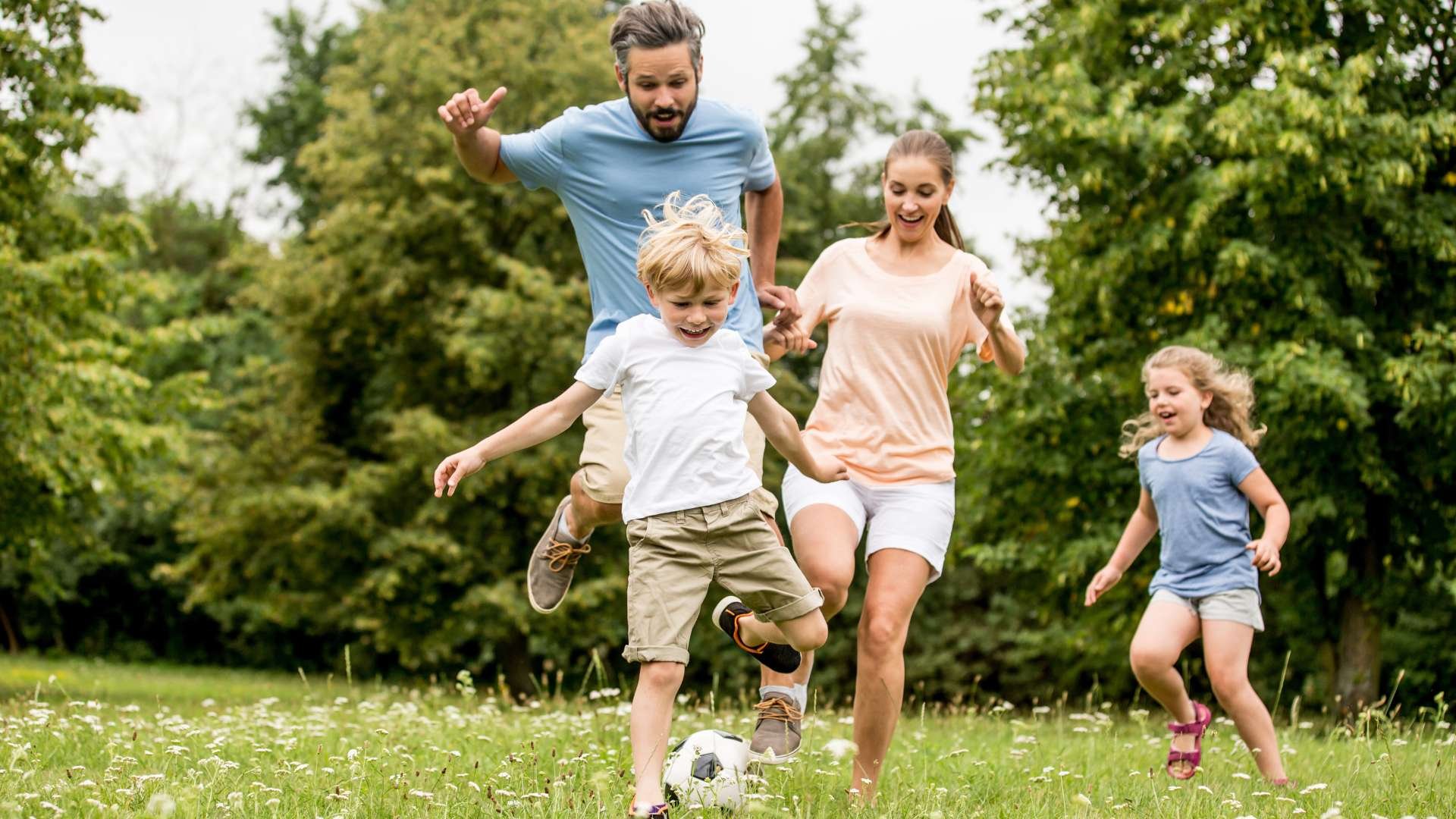Tips for Encouraging Physical Activity and Movement in Children with Disabilities
Physical activity and movement are essential for a child's overall health and development. It helps to build strong bones and muscles, improves cardiovascular health, and promotes healthy growth and development. However, for children with disabilities, physical activity and movement can be challenging, but it's essential for their overall health and well-being.
As a pediatric physical therapist, I have worked with many children with disabilities, and I have seen how physical activity can significantly impact their lives. In this blog post, I will share some tips on how parents and caregivers can encourage physical activity and movement in children with disabilities.
Consult with a Pediatric Physical Therapist
Consulting with a pediatric physical therapist is an excellent first step in encouraging physical activity and movement in children with disabilities. A pediatric physical therapist can help evaluate your child's needs, develop a personalized exercise plan, and offer guidance on safe and effective exercises for your child's specific needs.
At Moving Together Therapy, we offer in-home pediatric physical therapy services to children in Phoenix, Scottsdale, Paradise Valley, Arcadia, and the surrounding areas. Our approach to care focuses on helping children recover from injury, improve mobility and function, and optimize their ability to explore their surroundings.
Incorporate Exercise into Daily Routines
Incorporating exercise into daily routines is an excellent way to encourage physical activity in children with disabilities. For example, instead of driving your child to school, you can encourage them to walk or bike if it's safe and feasible. You can also encourage your child to participate in household chores that involve physical activity, such as carrying laundry baskets, sweeping the floor, or taking out the trash.
Find Activities That Your Child Enjoys
Children with disabilities are more likely to participate in physical activity if they enjoy it. Therefore, it's essential to find activities that your child enjoys and that are suitable for their abilities. For example, if your child enjoys swimming, you can enroll them in swimming lessons, or if they enjoy dancing, you can encourage them to take dance classes.
Make Physical Activity Fun
Making physical activity fun can help encourage children with disabilities to be more active. You can make physical activity fun by incorporating games or challenges that involve physical activity. For example, you can set up an obstacle course in your backyard or play games such as tag or hide-and-seek.
Use Adaptive Equipment
Adaptive equipment can help children with disabilities participate in physical activity safely and comfortably. For example, if your child has limited mobility, you can use a wheelchair or a walker to help them move around. If your child has sensory issues, you can use sensory-friendly equipment, such as a therapy ball or a weighted blanket, to help them engage in physical activity.
Be Patient and Encouraging
Encouraging physical activity in children with disabilities can be challenging because it may take longer for them to achieve their goals. Progress may be slow, and setbacks may occur, which can be discouraging for both the child and the caregiver. However, it's essential to remain patient and encouraging, celebrating any progress, no matter how small. Positive reinforcement can help build confidence and motivation in the child, and it's important to keep a positive attitude and outlook. Consistent support and encouragement can help children with disabilities feel empowered and motivated to continue working towards their goals, no matter how challenging it may seem. It's crucial to focus on the child's strengths and abilities, rather than their limitations, and to encourage them to enjoy the process of physical activity, rather than just the end result.
Be a Role Model
Children learn by example, and as a parent or caregiver, it's essential to be a positive role model for physical activity. When you participate in physical activity with your child, such as going for a walk or a bike ride together, you are showing them that physical activity is a fun and enjoyable activity that can be done together as a family. By being a role model, you are also helping your child develop healthy habits that they can carry with them into adulthood.
Limiting screen time is another way to encourage physical activity in children. When children spend less time in front of screens, they are more likely to engage in physical activity and outdoor play. Encourage your child to play outside, explore their environment, and participate in sports or other physical activities that interest them.
It's also important to make physical activity a part of your family's routine. Plan physical activities that your family can enjoy together, such as going for a hike or a swim, or participating in a family sports game. By making physical activity a part of your family's routine, you are reinforcing its importance and making it a regular part of your child's life.
Final Thoughts
Physical activity and movement are essential for children with disabilities. By consulting with a pediatric physical therapist like Moving Together Therapy, incorporating exercise into daily routines, finding activities that your child enjoys, making physical activity fun, using adaptive equipment, being patient and encouraging, and being a role model, you can help encourage physical activity and movement in your child with a disability.
If you're looking for in-home pediatric physical therapy services in Phoenix, Scottsdale, Paradise Valley, Arcadia, and the surrounding areas, contact Moving Together Therapy to schedule a consultation with our experienced pediatric physical therapist. Moving Together Therapy is committed to providing optimal mobility and function for children, and we can help you develop a personalized plan that meets your child's specific needs.


